The angled leg press machine is a staple in most gyms and a favorite among fitness enthusiasts for building lower body strength. Unlike the traditional horizontal leg press, the leg press angled design places the user in a seated position with their legs pushing against a weighted platform at an incline. This unique setup offers a range of benefits, but proper form and understanding of the leg press seat angle and leg press back angle are crucial to maximize results and avoid injury. In this article, we’ll explore everything you need to know about the angle machine leg press, including how to use it, the importance of angled leg press form, and the impact of leg press different angles.
What is the Angled Leg Press Machine?
The angled leg press machine is a piece of gym equipment designed to target the lower body, particularly the quadriceps, hamstrings, glutes, and calves. The machine features a seat with a backrest set at a fixed leg press back angle, typically between 45 to 90 degrees, and a platform that you push away with your legs. The leg press angle allows for a more natural range of motion compared to the horizontal leg press, making it easier to load heavier weights while reducing strain on the lower back.
Benefits of the Angled Leg Press
-
Targeted Muscle Engagement: The angled leg press emphasizes the quadriceps while also engaging the glutes and hamstrings, depending on foot placement and the leg press seat angle.
-
Reduced Spinal Pressure: The leg press back angle helps support the lower back, making it a safer alternative to squats for those with back issues.
-
Adjustable Intensity: By changing the leg press different angles or foot placement, you can shift the focus to different muscle groups.
-
Improved Stability: The machine’s design provides stability, allowing you to lift heavier weights with confidence.
How to Use the Angled Leg Press Machine
Using the angled leg press machine correctly is essential to avoid injury and get the most out of your workout. Follow these steps for proper angled leg press form:
-
Adjust the Seat: Start by setting the leg press seat angle to a comfortable position. Most machines have a fixed angle, but ensure your back is fully supported.
-
Position Your Feet: Place your feet shoulder-width apart on the platform. Adjust your foot placement to target different muscles:
-
High on the platform: Emphasizes the hamstrings and glutes.
-
Low on the platform: Targets the quadriceps.
-
Narrow stance: Focuses on the outer quads.
-
Wide stance: Engages the inner thighs and glutes.
-
-
Engage Your Core: Press your back firmly against the seat and engage your core to stabilize your body.
-
Push the Platform: Unlock the safety handles and slowly lower the platform by bending your knees until they form a 90-degree angle. Push through your heels to extend your legs, but avoid locking your knees at the top.
-
Control the Movement: Maintain a slow and controlled motion throughout the exercise to maximize muscle engagement and reduce the risk of injury.
Understanding the Impact of Leg Press Different Angles
The leg press angle plays a significant role in how the exercise feels and which muscles are targeted. Here’s how different angles affect your workout:
-
45-Degree Angle: This is the most common leg press back angle. It provides a balance between targeting the quads and glutes while reducing strain on the lower back.
-
90-Degree Angle: A steeper angle increases quad activation but may place more pressure on the knees.
-
Adjustable Angles: Some machines allow you to change the leg press seat angle, offering versatility to target specific muscle groups.
Common Mistakes to Avoid
-
Arching the Back: Keep your back flat against the seat to avoid unnecessary strain.
-
Locking the Knees: Avoid fully locking your knees at the top of the movement to prevent joint stress.
-
Using Too Much Weight: Start with a manageable weight to maintain proper angled leg press form.
-
Partial Reps: Ensure you’re using a full range of motion to maximize muscle engagement.
Conclusion
The angled leg press machine is a versatile and effective tool for building lower body strength. By understanding the importance of the leg press seat angle, mastering proper angled leg press form, and experimenting with leg press different angles, you can tailor your workout to meet your fitness goals. Whether you’re a beginner or an experienced lifter, the angle machine leg press offers a safe and efficient way to strengthen your legs and glutes. Remember to prioritize form over weight and consult a trainer if you’re unsure about your technique. Happy lifting!


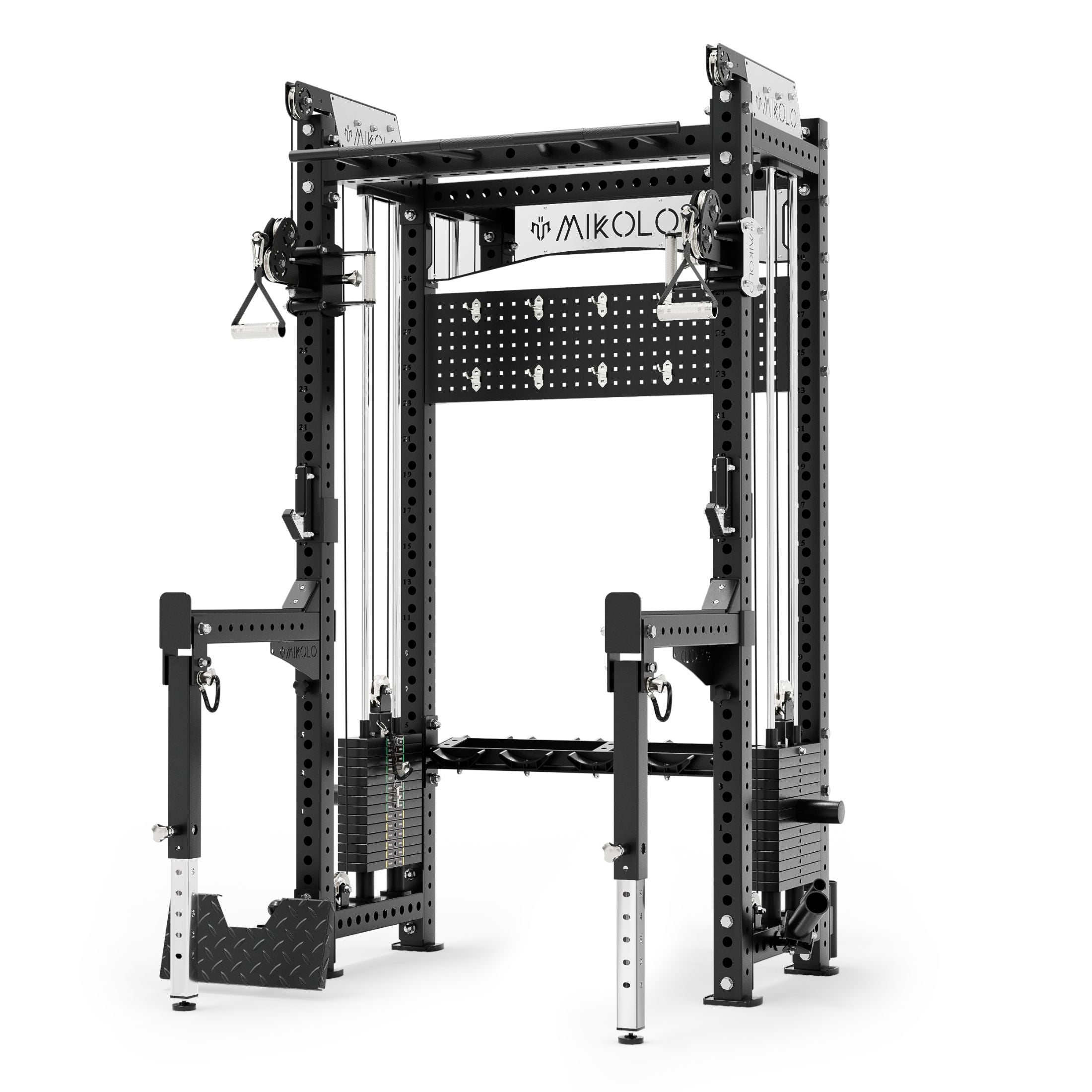
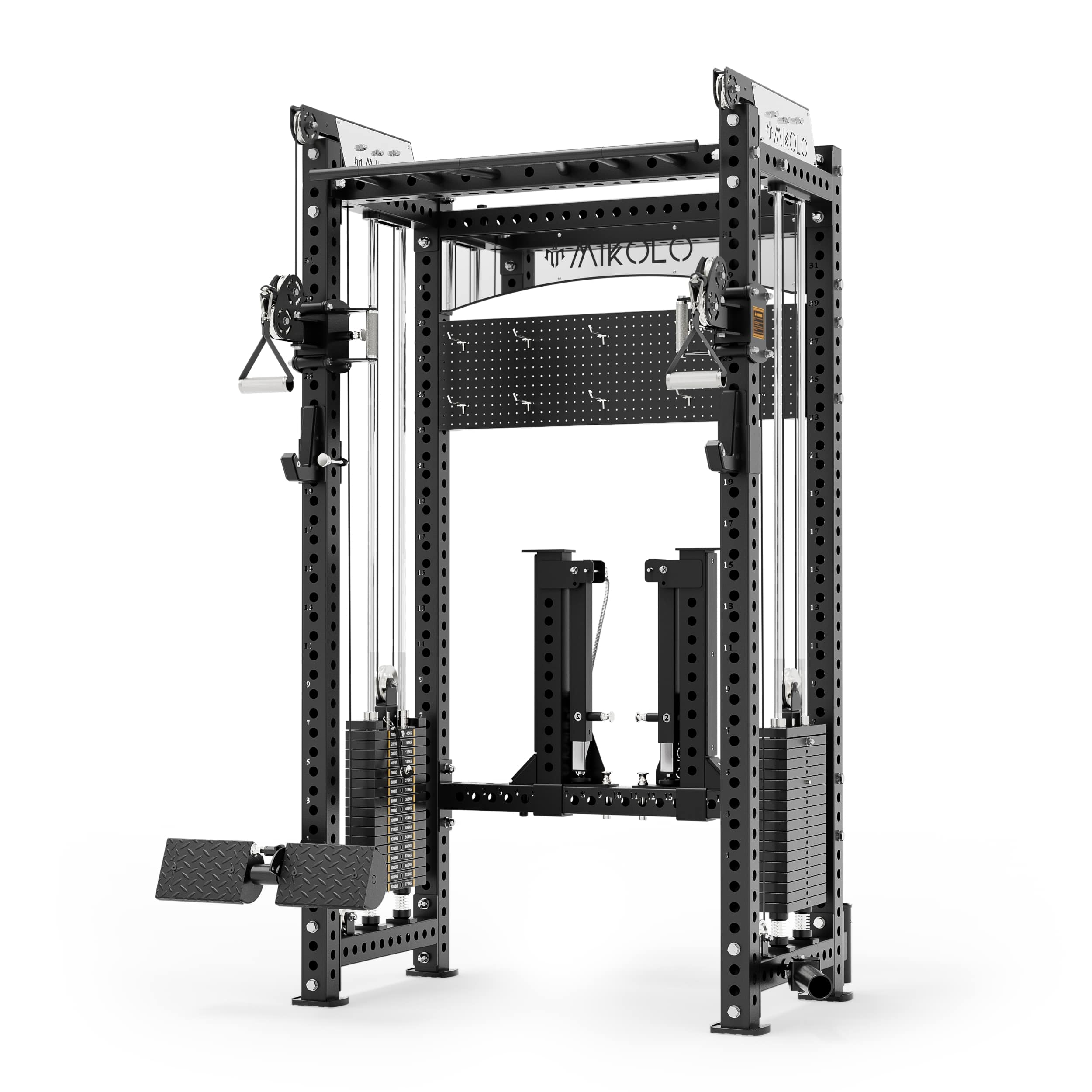
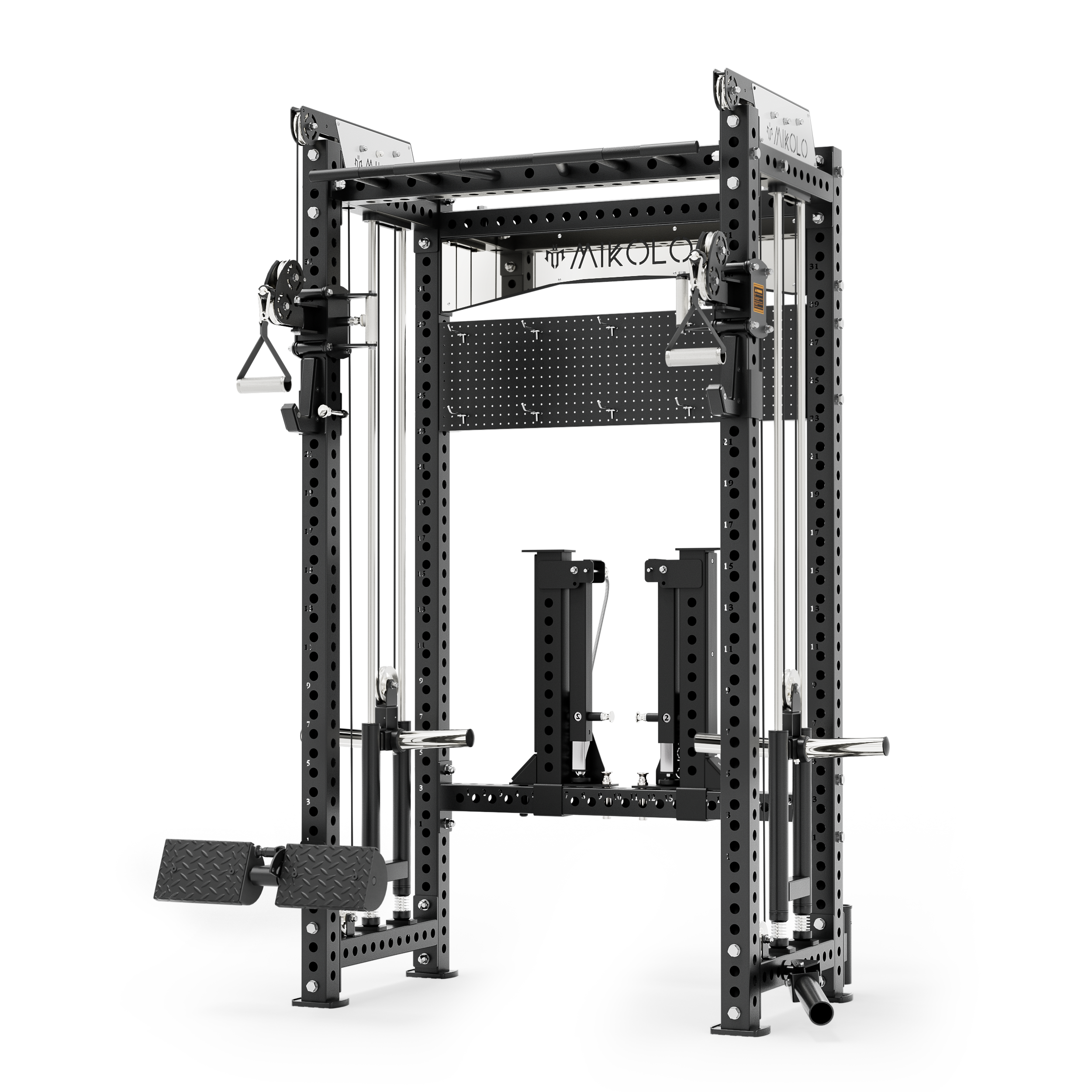


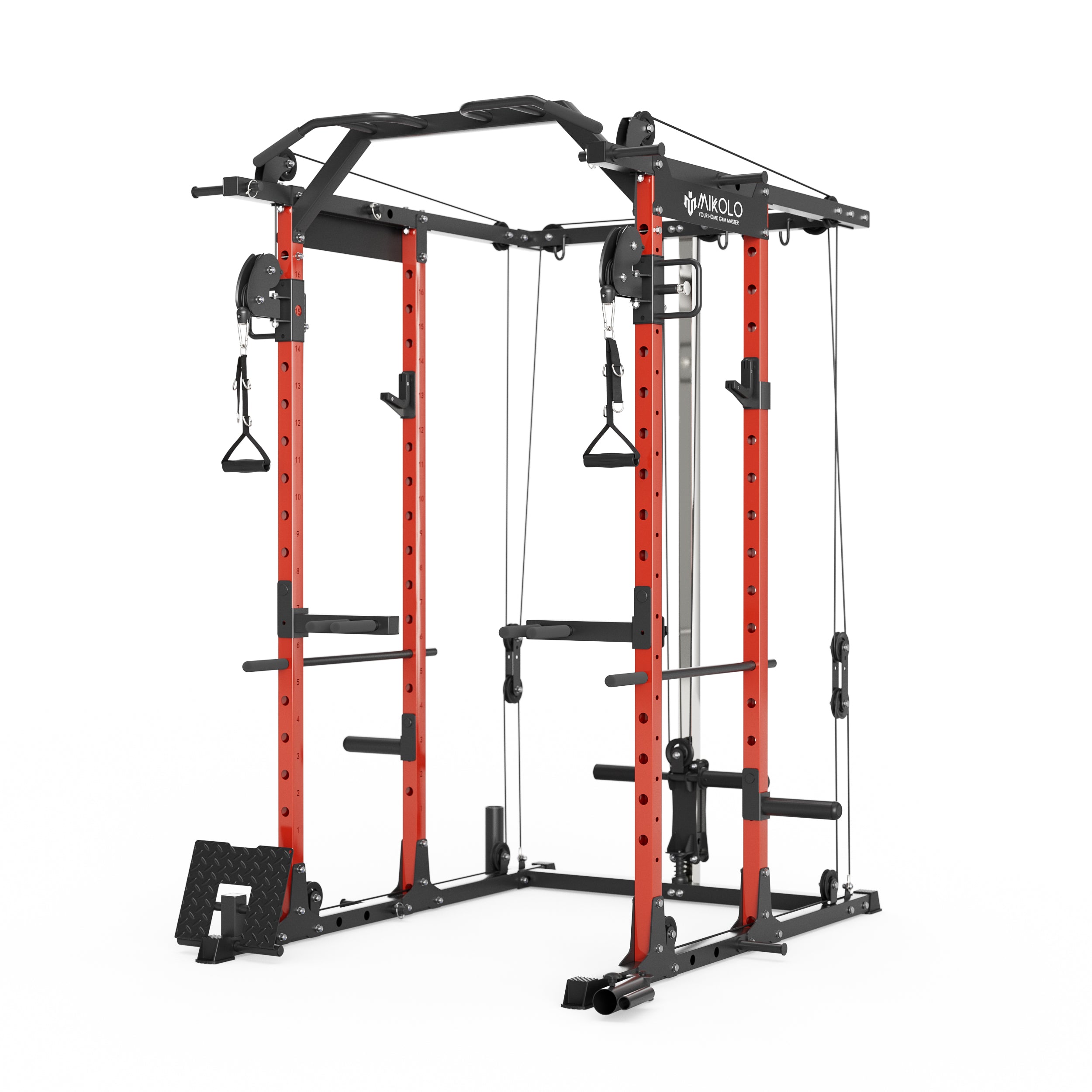
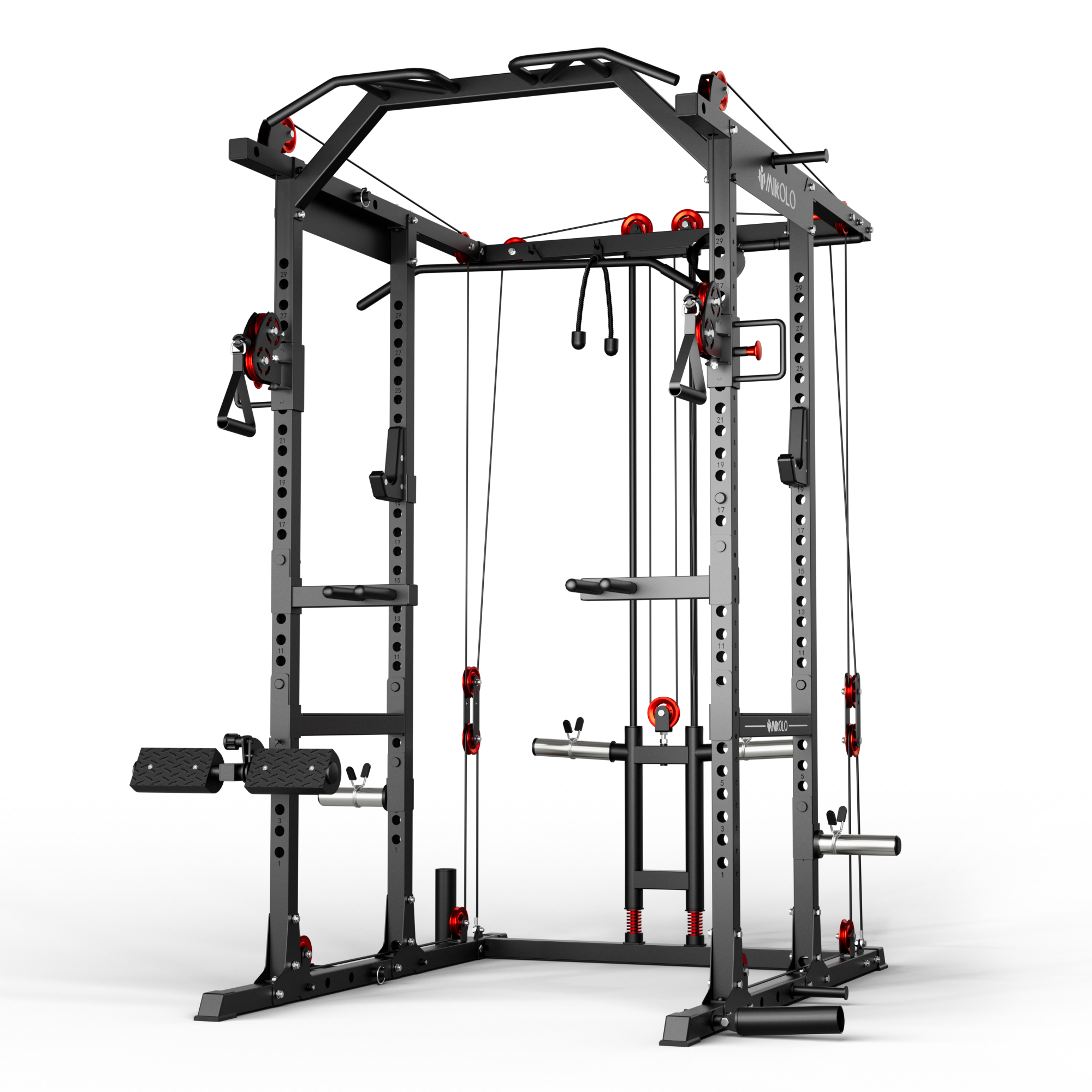

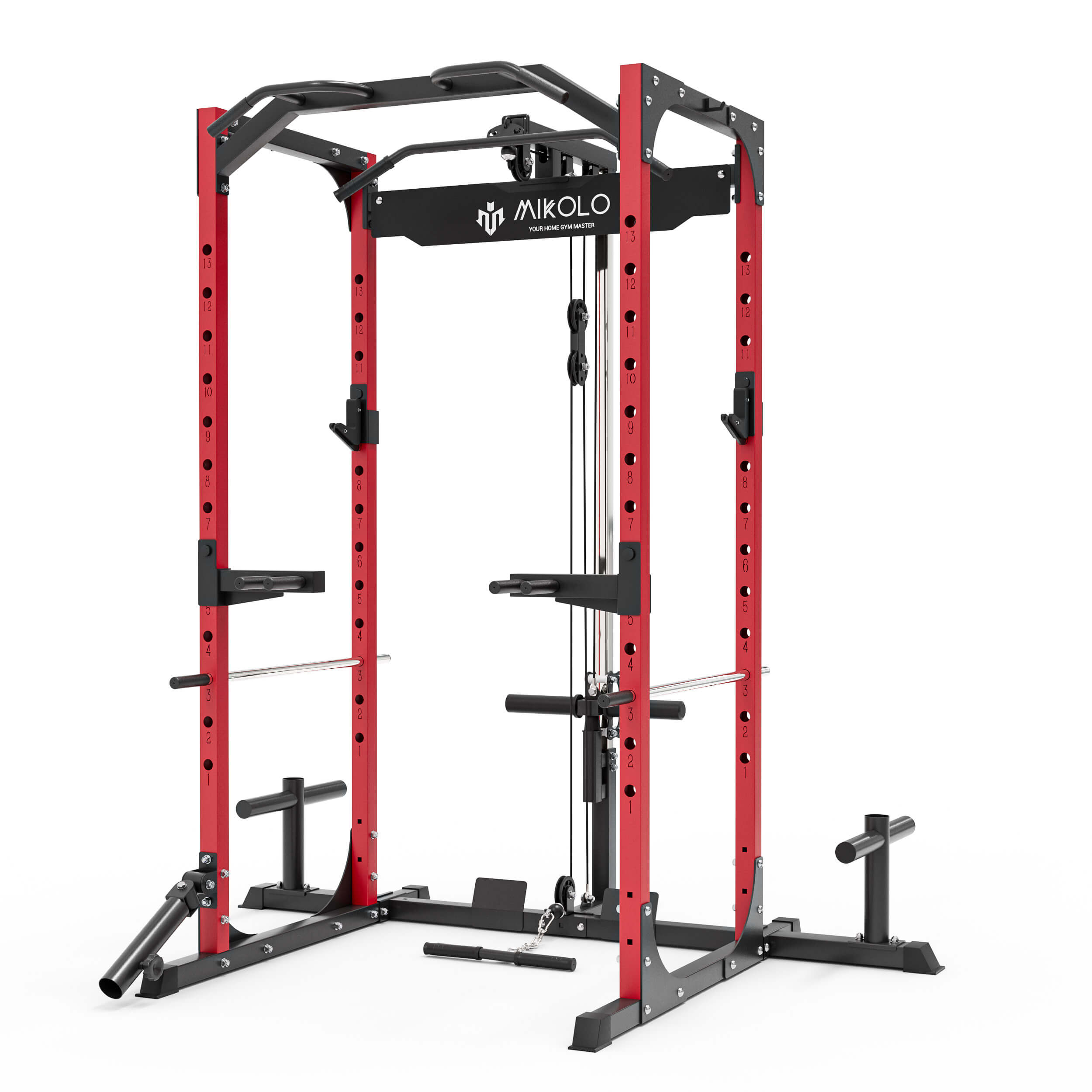
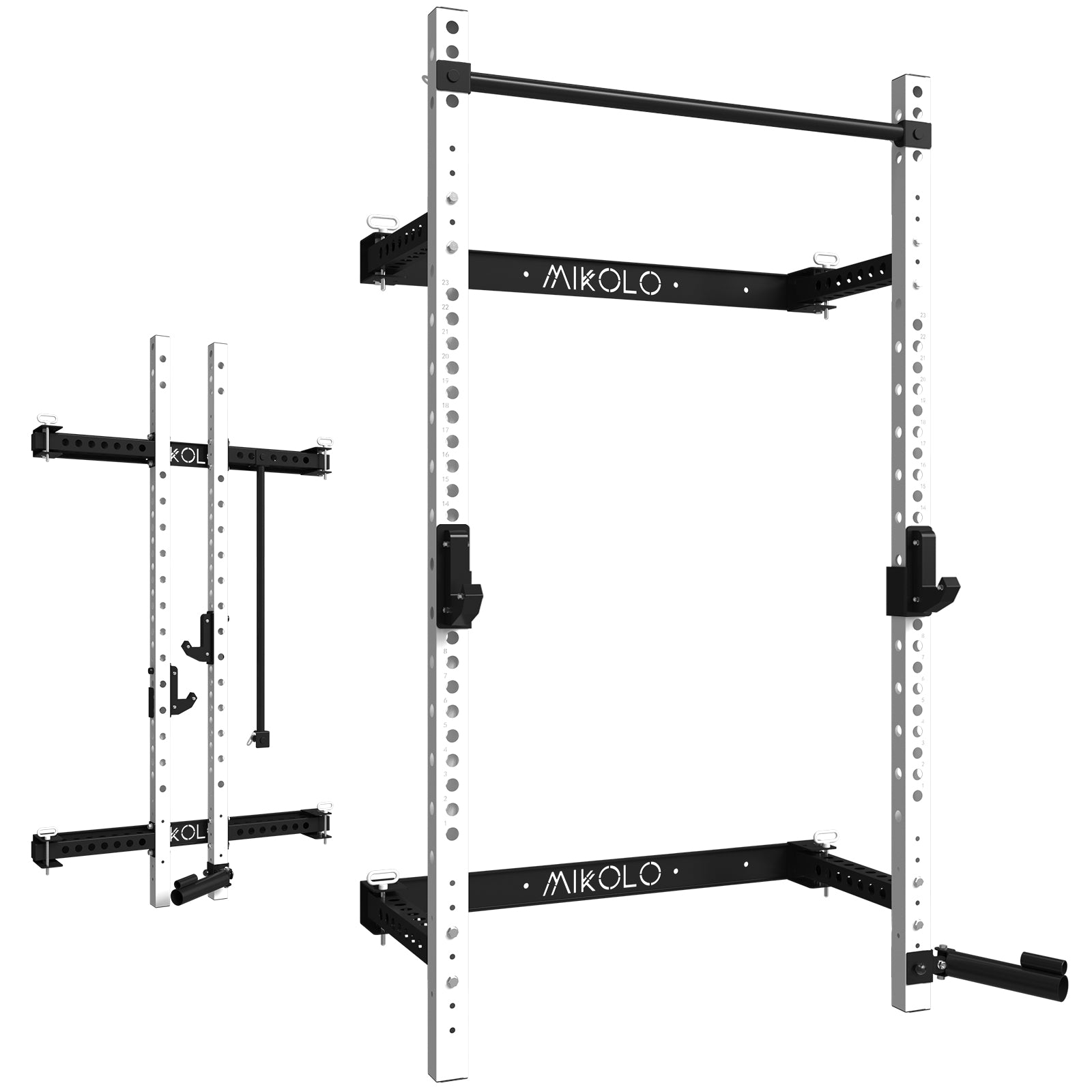


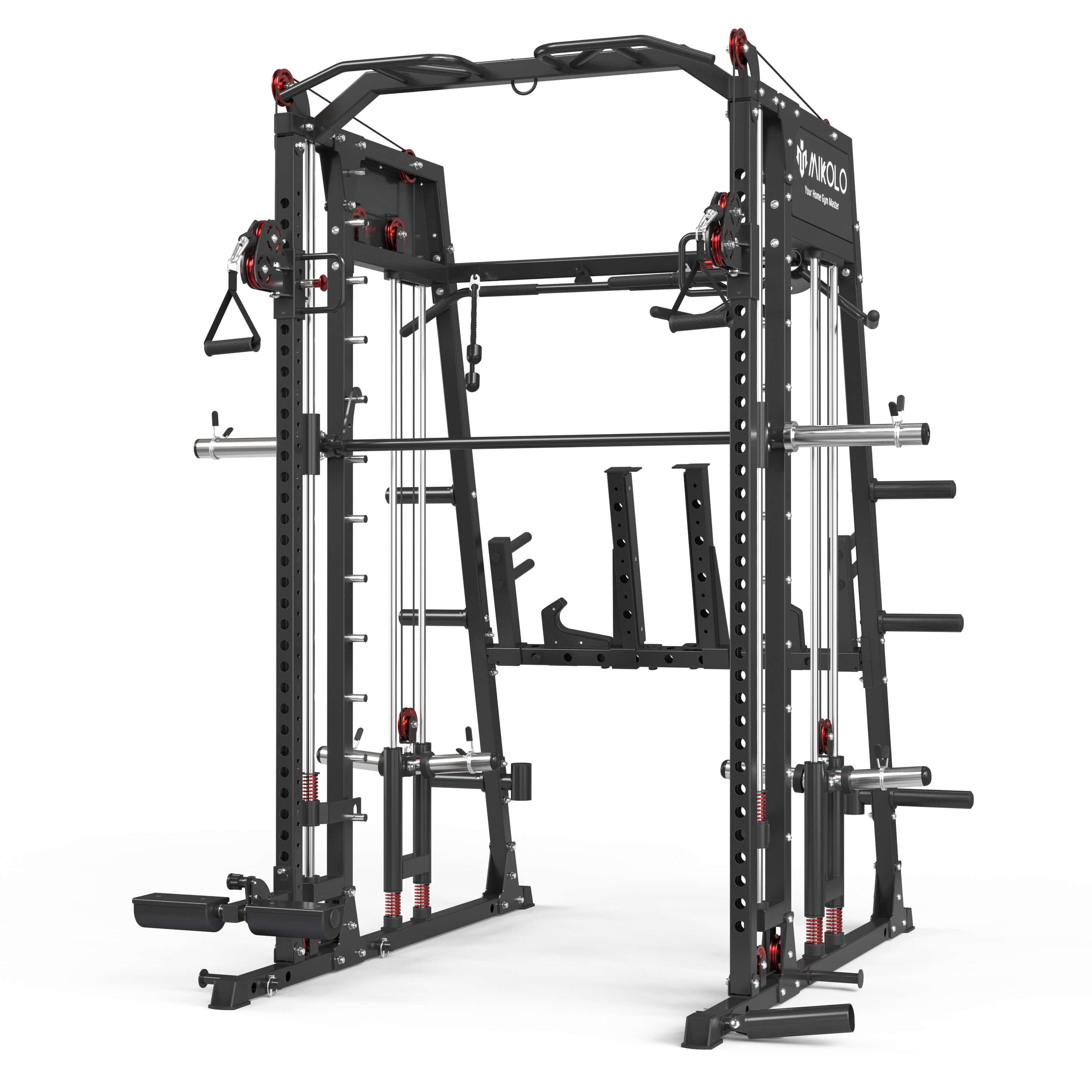
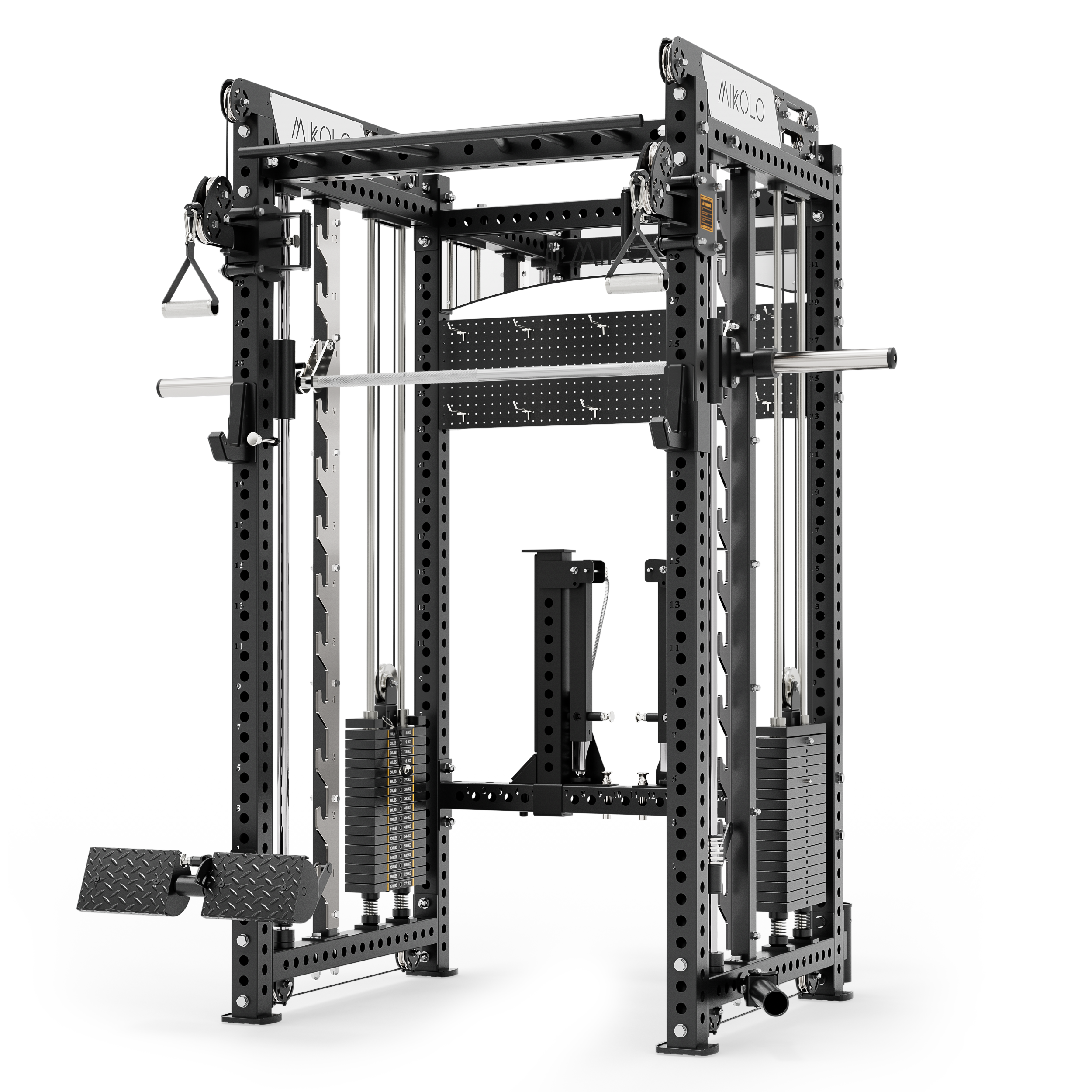
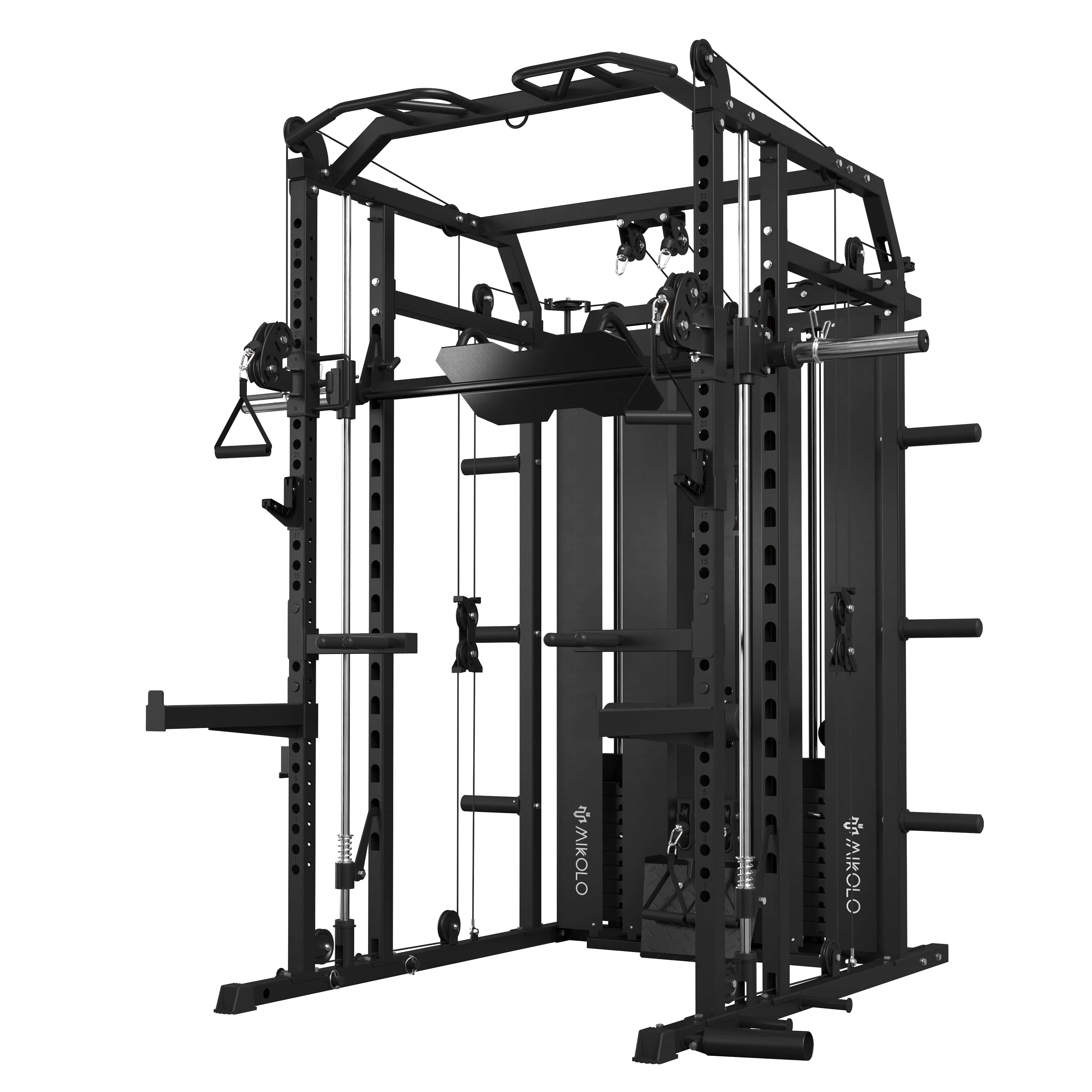
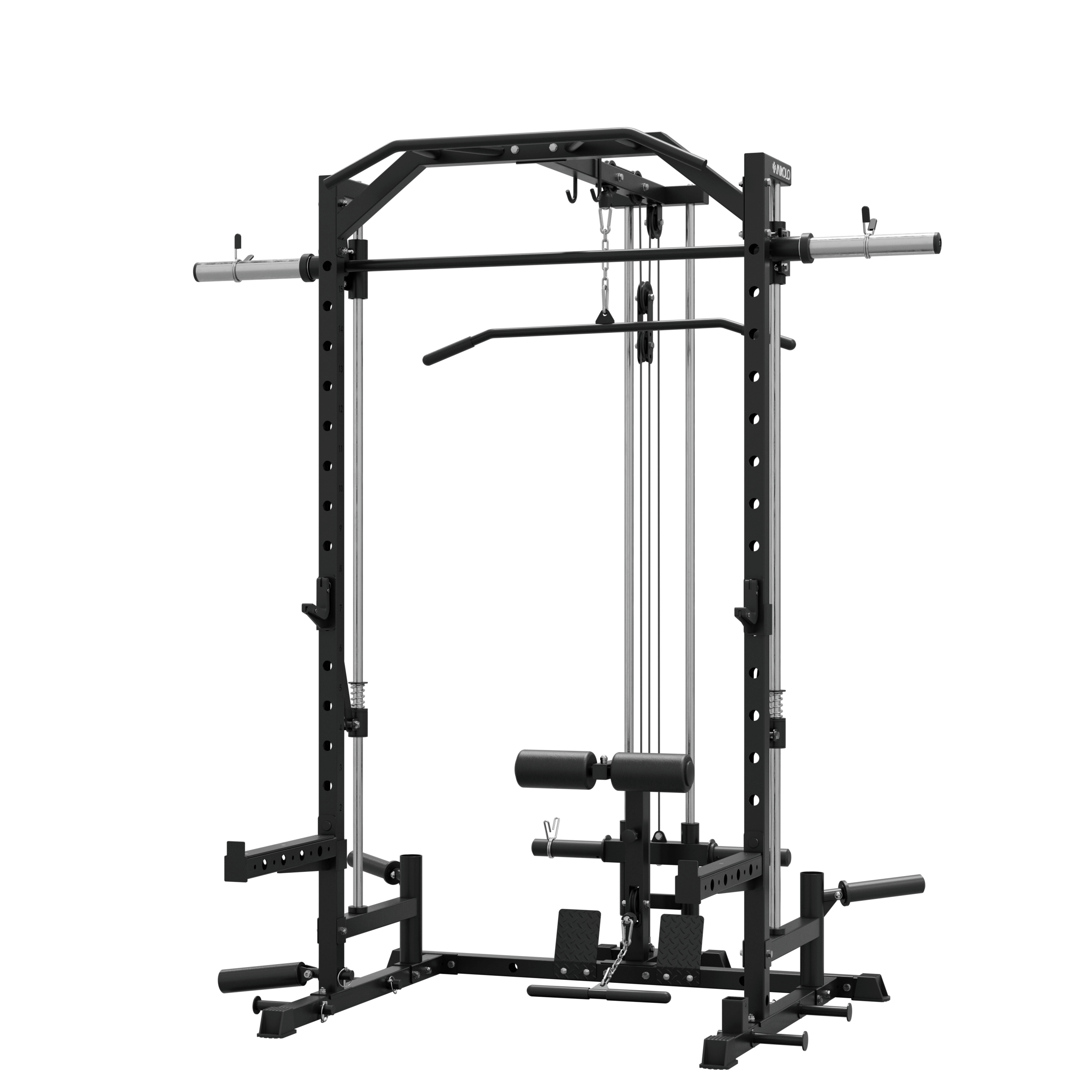
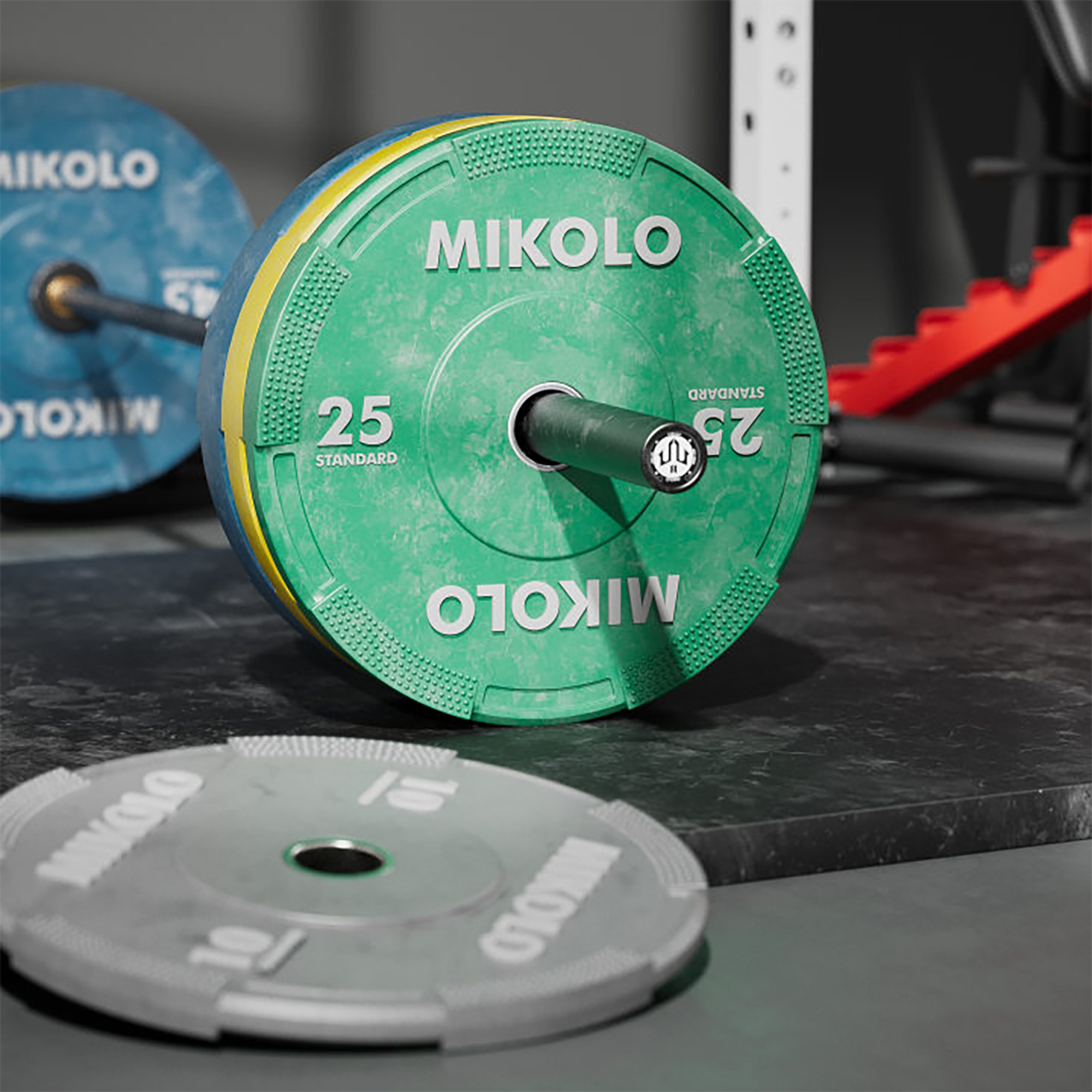






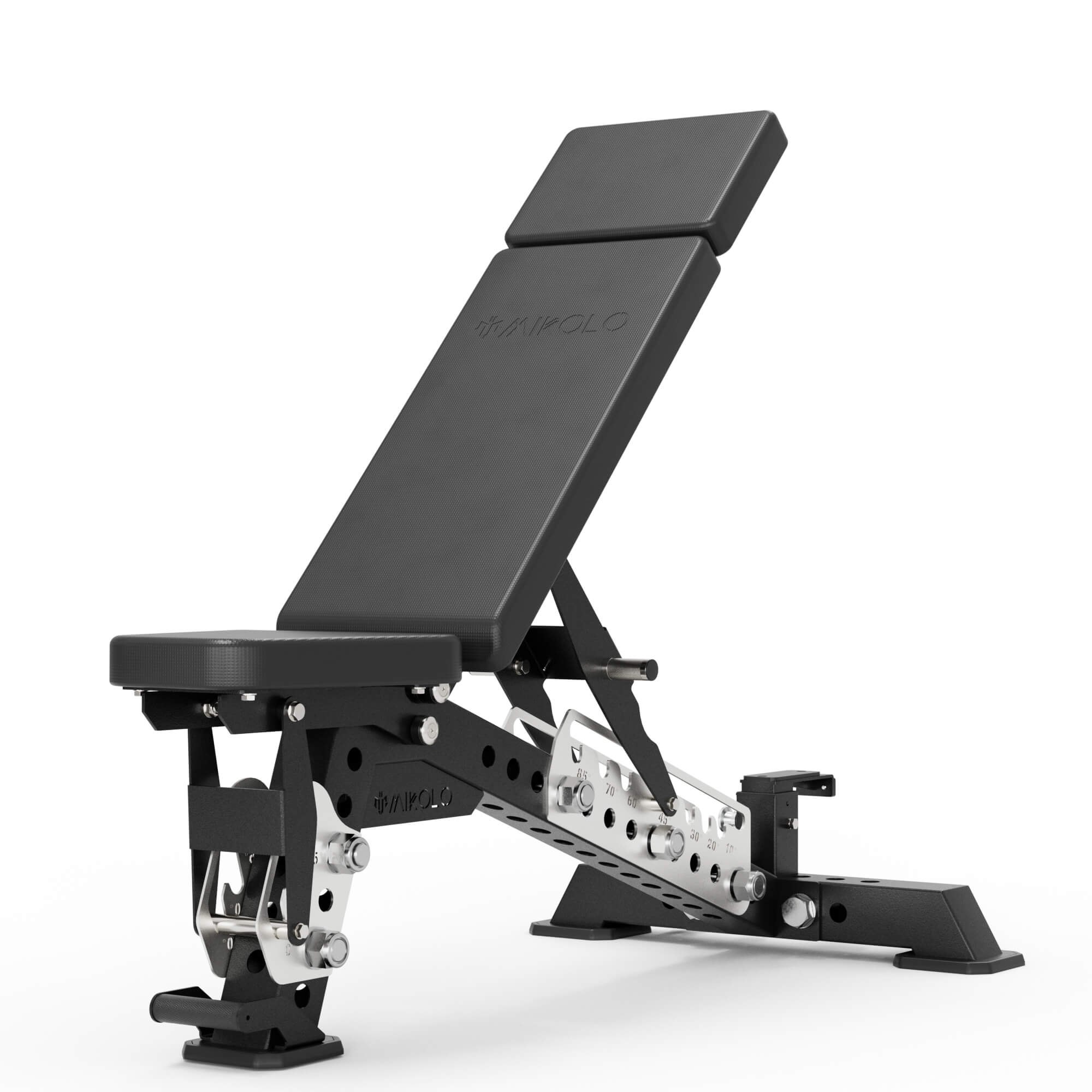
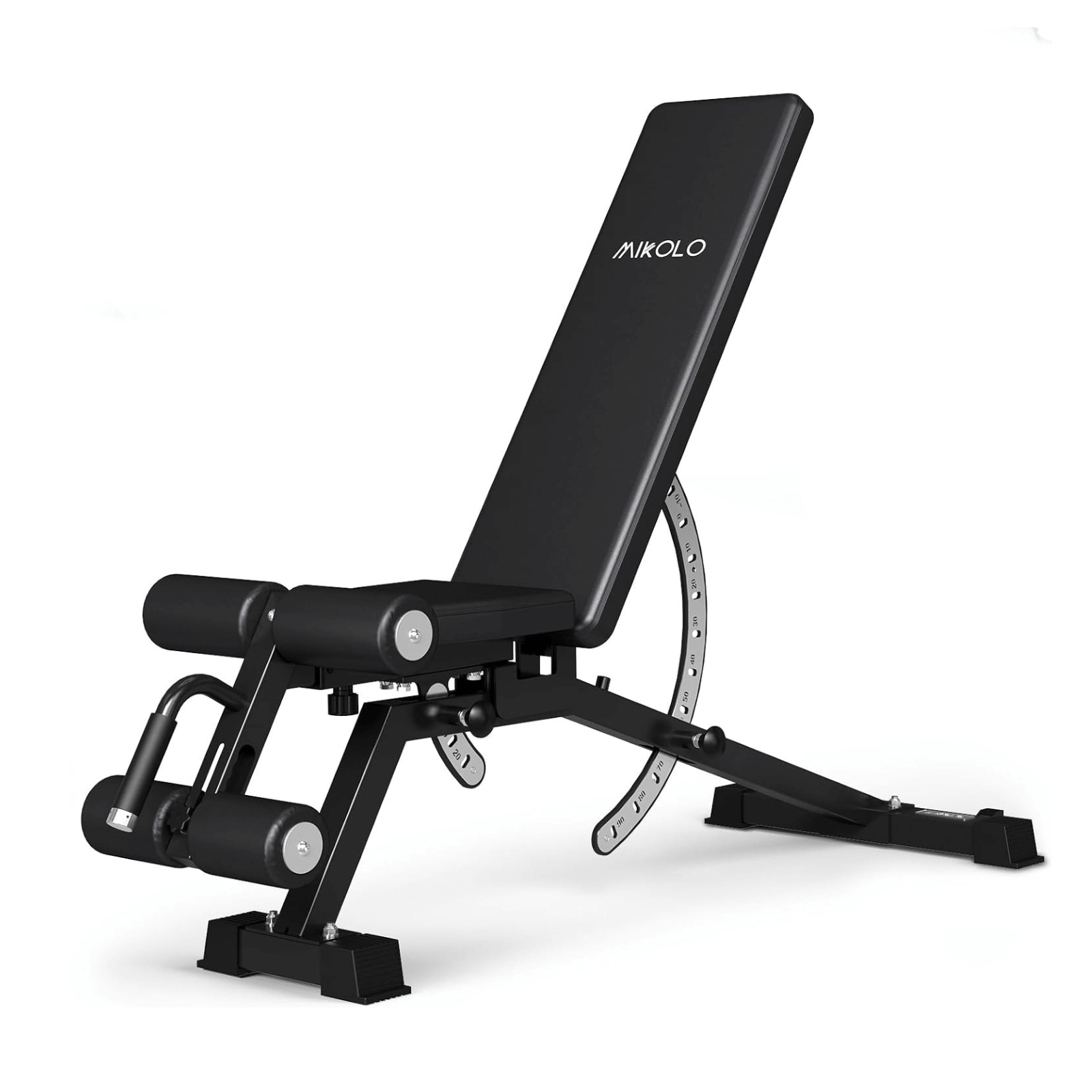




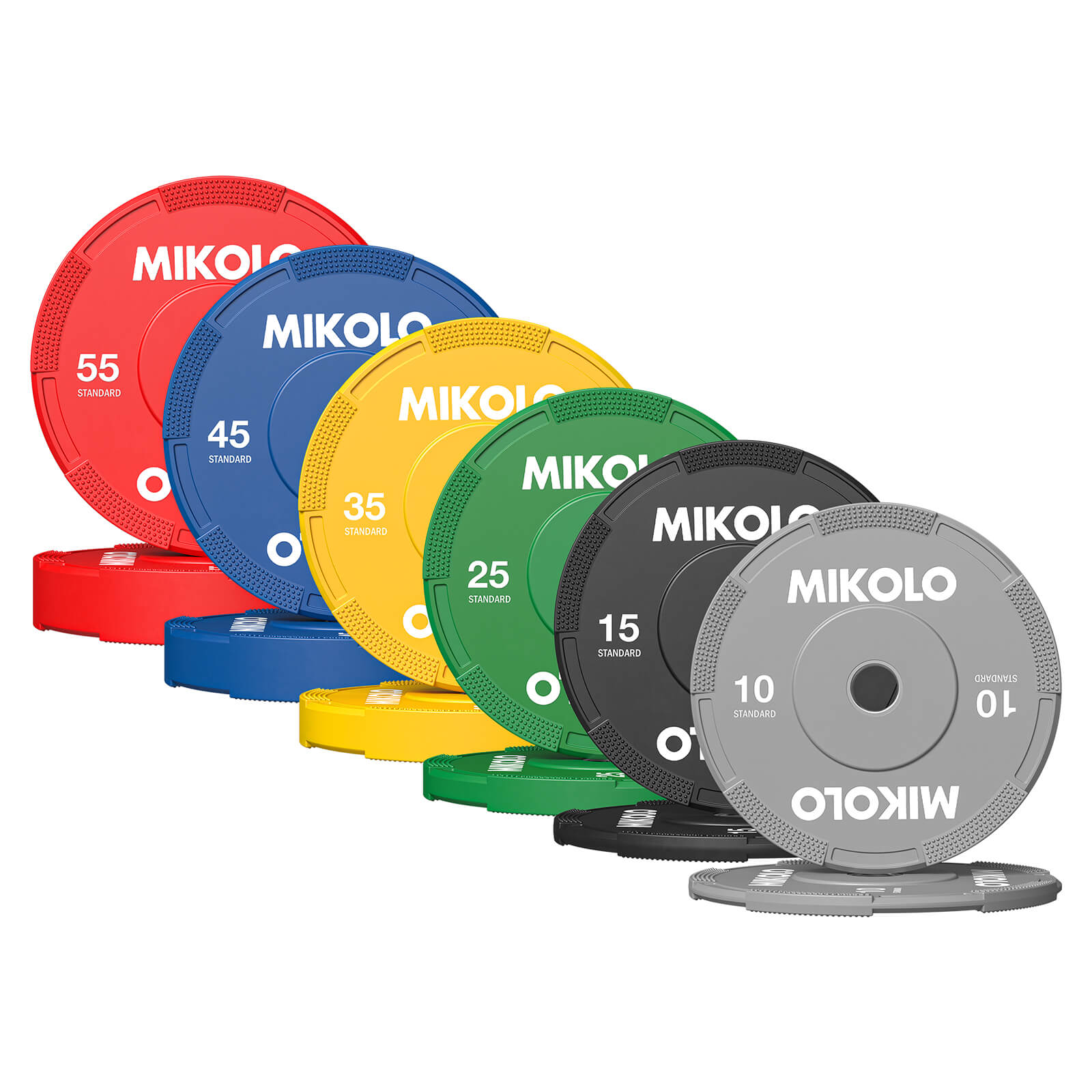
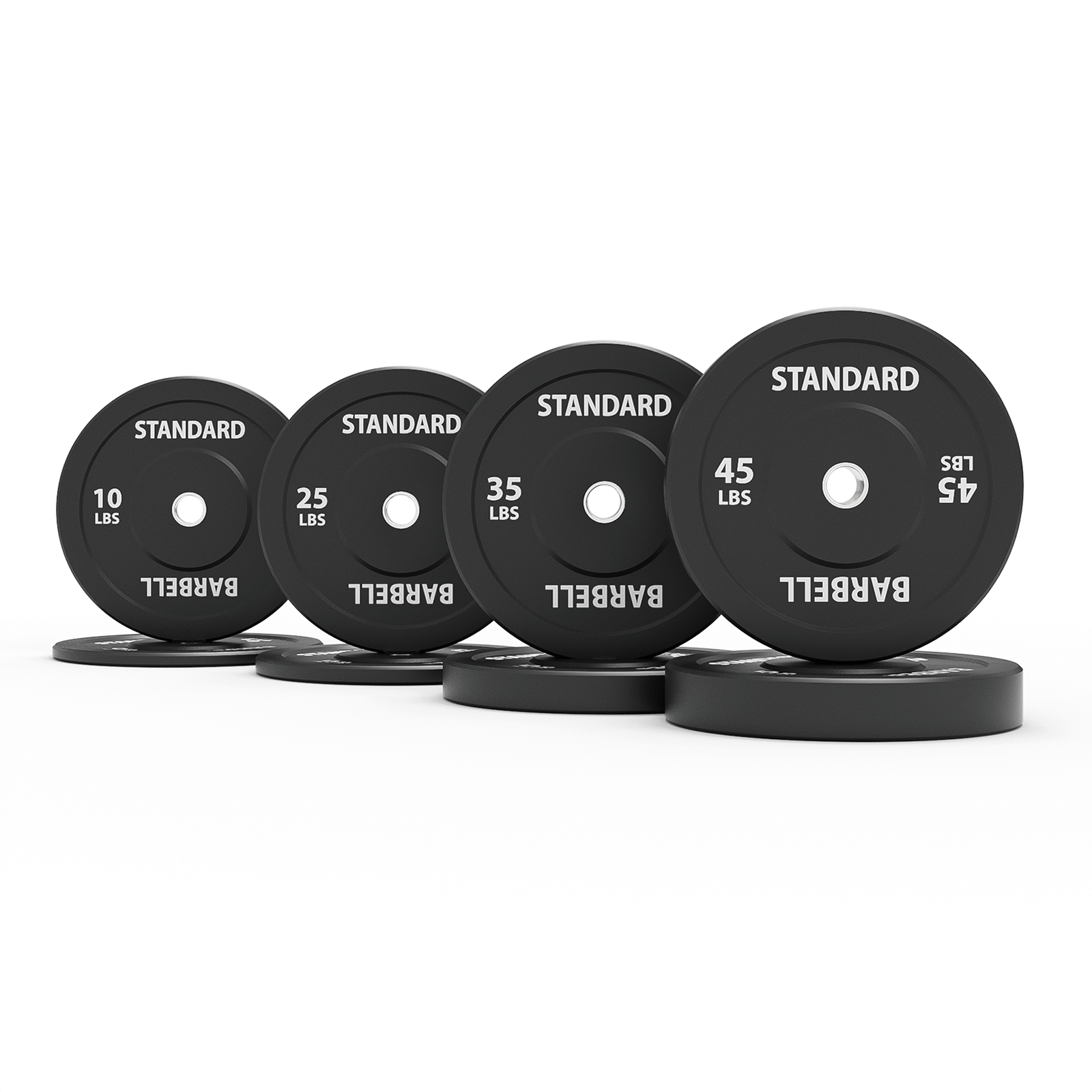

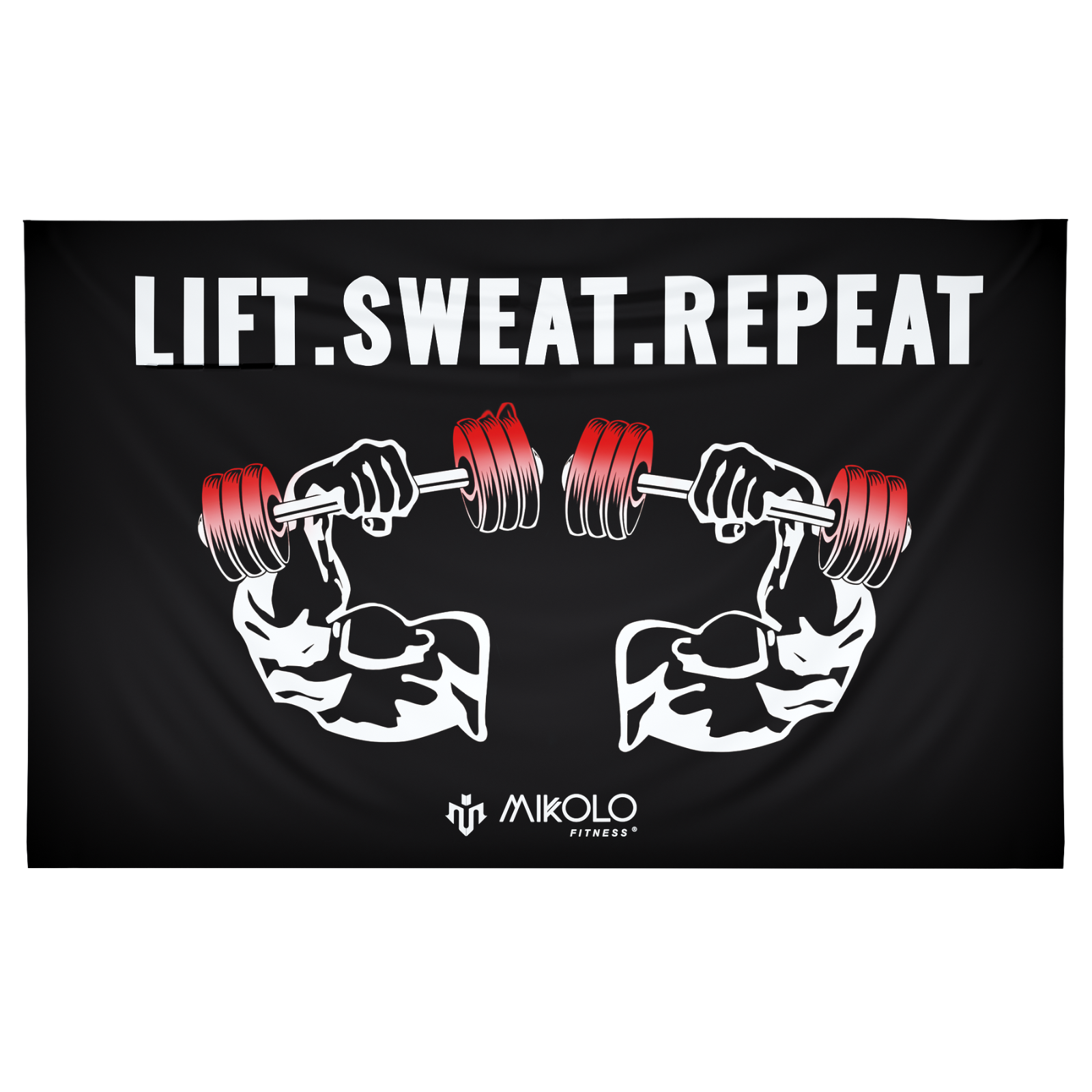
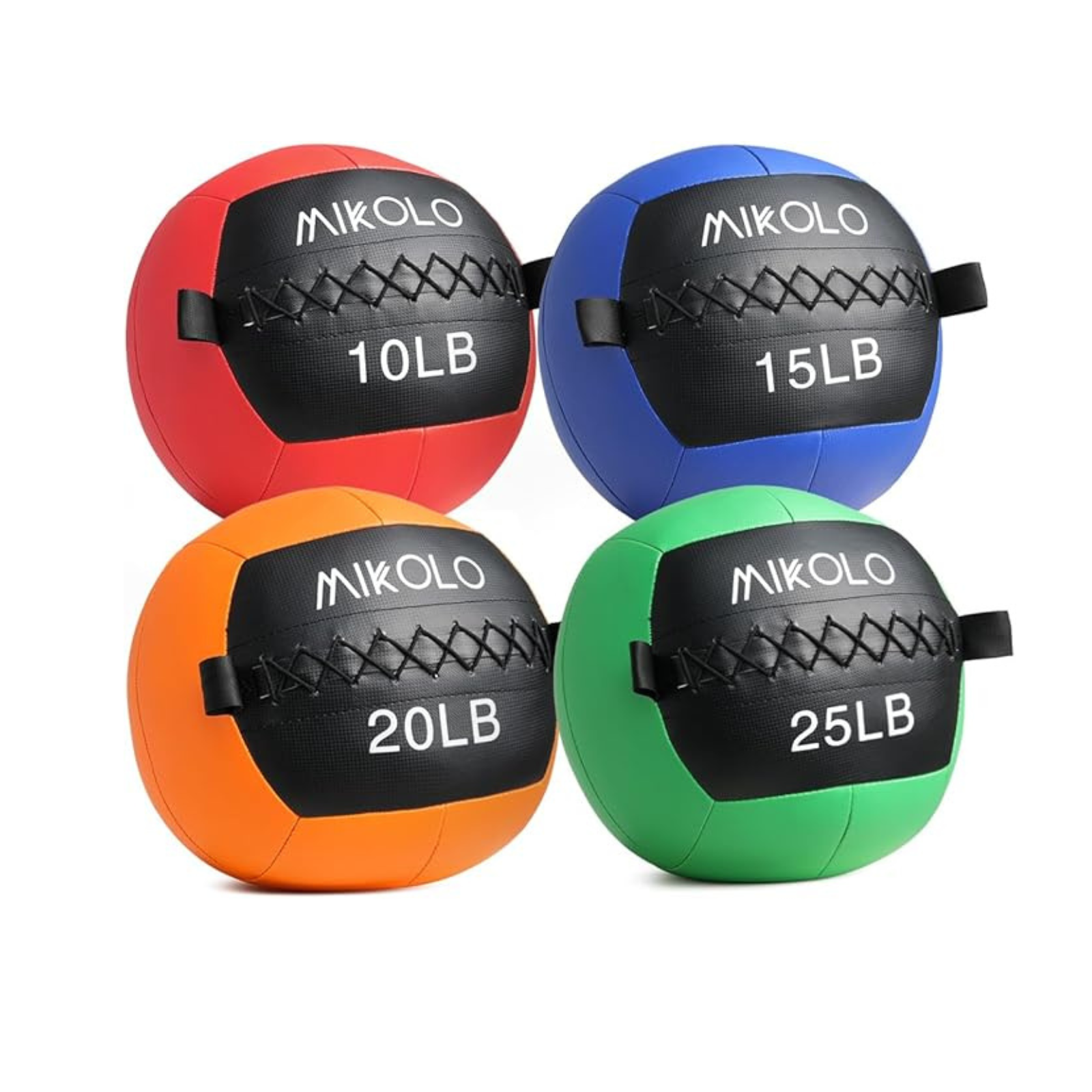
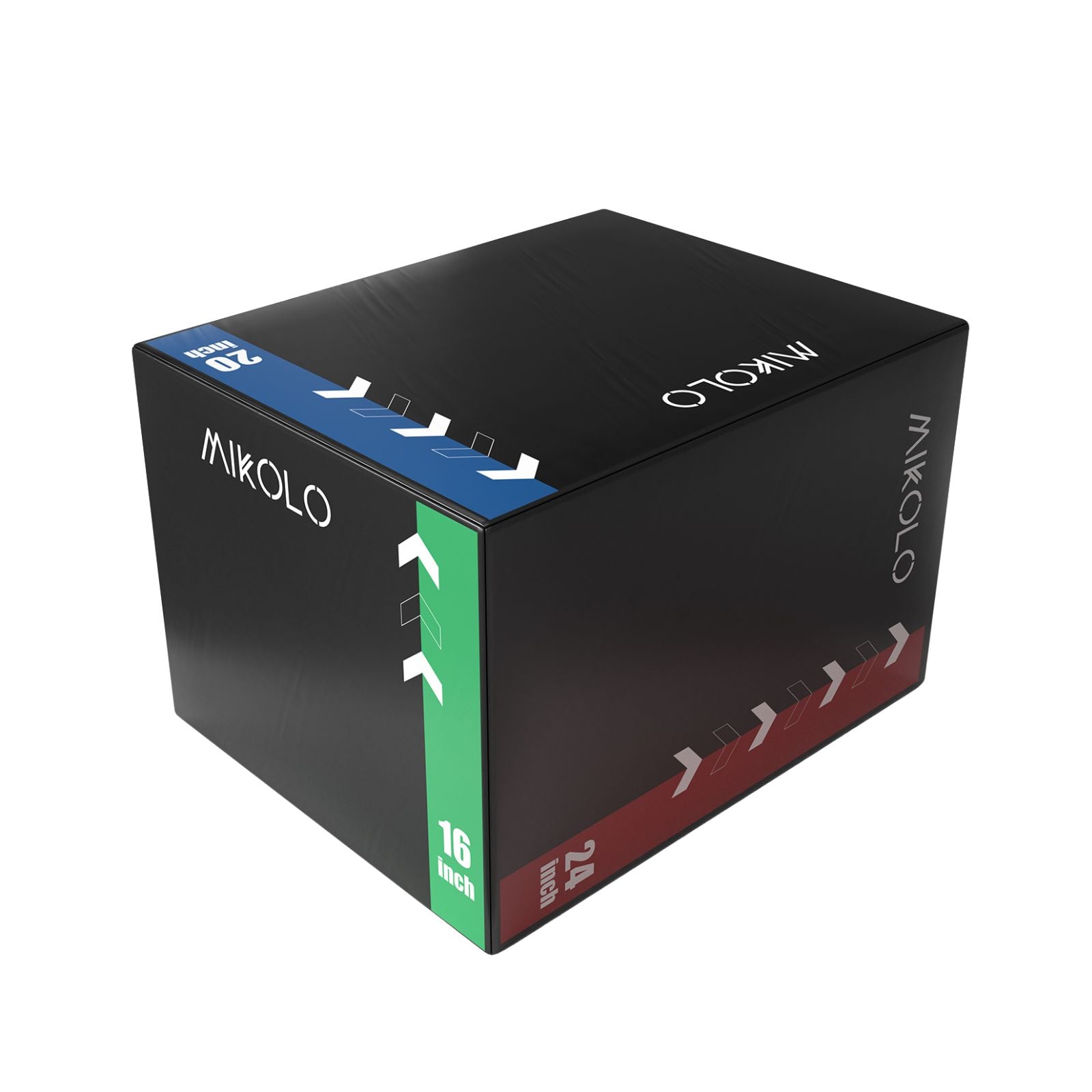

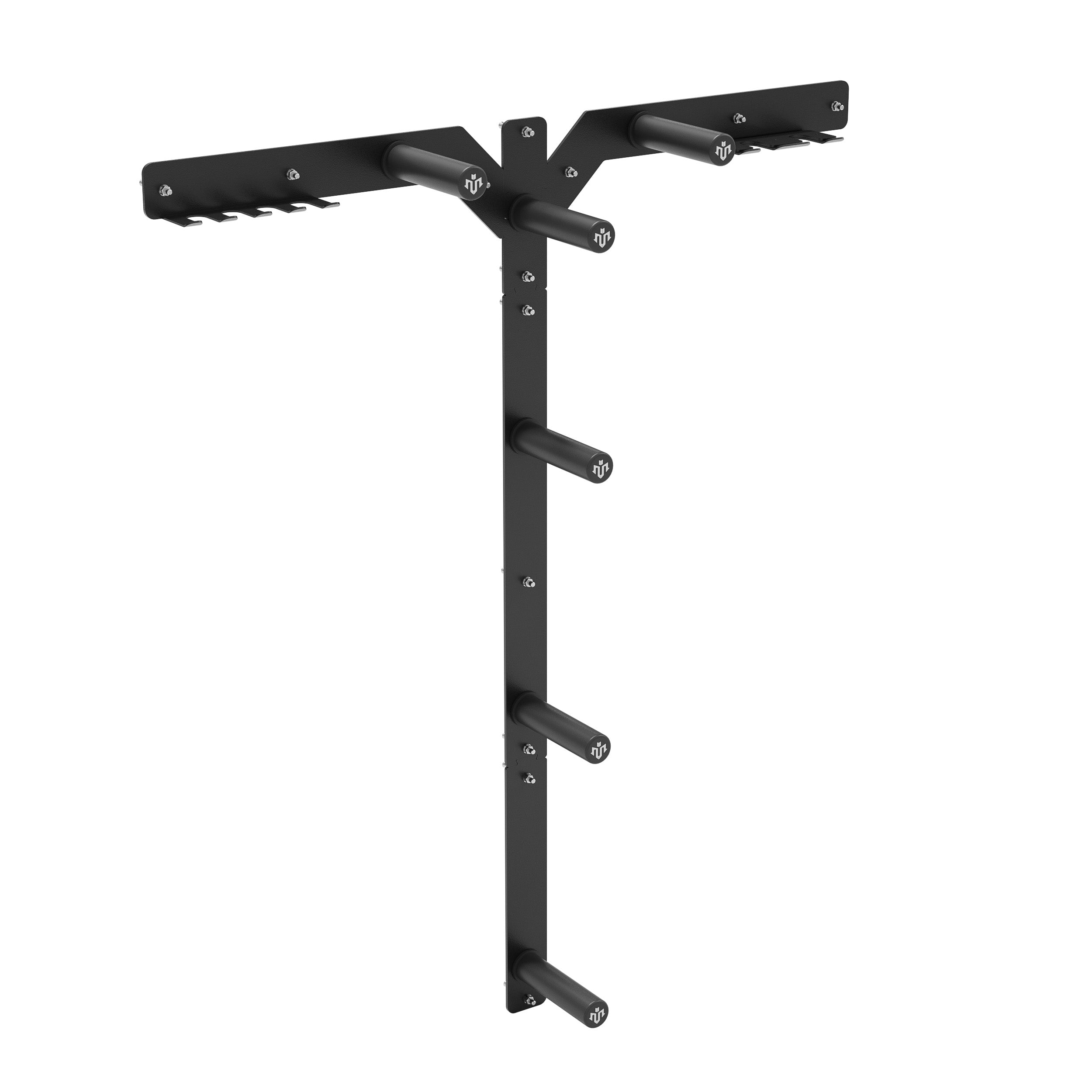




Leave a comment
This site is protected by hCaptcha and the hCaptcha Privacy Policy and Terms of Service apply.